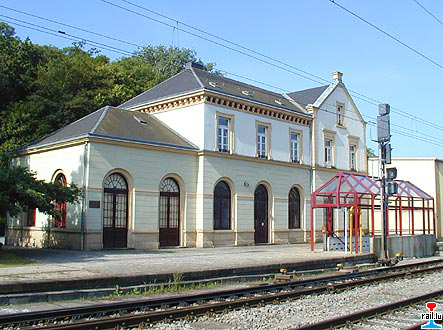Contents
Invisible Wounds
During the Second World War, many Luxembourgers had to leave their homeland. At that time, the train station in Hollerich played an important role for Nazi Germany in the deportation of young Luxembourgers. They were forcibly recruited in the Wehrmacht or families of deserters or Jewish-born families, who were relocated to the East of the Reich or had to work in labour camps.
During these measures by the Nazi regime, about 11,168 young Luxembourger and 4,186 politically persecuted persons left their home and were forcibly recruited by the Wehrmacht or imprisoned in labour camps. These people often suffered physical as well as mental distress upon their return to Luxembourg, where society and politics did not recognise the psychological problems caused by the war, instead only offering support to those affected by physical disabilities or financial loss. The law passed in 1950 took into account only physical and financial damage caused by war and it clearly defines post-war mental disorder: “Une compensation pour le dommage moral subi n’est pas accordée“. Even in later laws, such as that of 1967, psychological distress caused by the war was not taken into account.

In the 21st-century, psychological treatment for soldiers and victims of war and violence is more common, with those suffering mental health issues and traumas damage guaranteed psychological and psychiatric care in most countries, on an out-patient or in-patient basis. After the Second World War, talking about this medical and social matter was frowned upon – mental health issues were either not recognised or deliberately suppressed – because they did not fit into the social picture of the 1940s-1950s. Changes in society and medicine overcame this taboo topic in recent decades, accepting post-war psychological consequences.
Nowadays, the Gare de Hollerich houses a museum on Luxembourg during World War II and serves as a place of remembrance for the bereaved. The street bears the name “Rue de la Déportation“, thus recalling the deeds of the Nazi regime.
